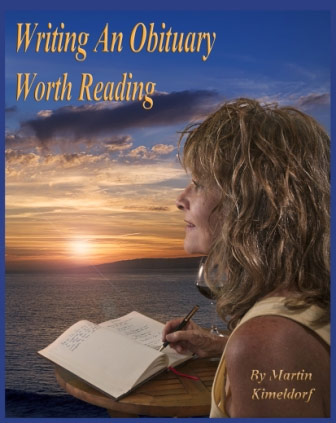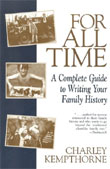More Murder, Mayhem in the Brandon
Cemetery
Brandon Sun, June 8, 2015
David McConkey
On Feb. 25, 1915, murderer Harry Green was hanged in Brandon at the
Provincial Jail. But that’s not the end of the story. The surprising
follow-up? The next day at the jail, there was another hanging.
Whether famous or forgotten, fascinating tales of murder and mayhem
are in our past. And – in the Brandon cemetery – these stories live
on . . .
HANGINGS, FEBRUARY 1915
Harry Green, 28, had been sentenced to hang for murdering fellow
Hartney farm worker Thomas Hill. Green “expiated his crime here at
8:00 precisely this morning,” the Brandon Daily Sun reported.
“Condemned man walked to his doom without assistance – ate good
breakfast.”
Harry Green is buried in an unmarked grave in Section 24, Block F,
Plot 33.
Also in the jail with Green was another prisoner, Charles King, 33.
He had recently immigrated from the U.K. and lived in Winnipeg with
his wife and two young children. But King had been transferred from
Winnipeg to the Provincial Jail in Brandon to serve a 12-month
sentence for theft. He was depressed; King even said he wished he
could take the place of Green on the scaffold.
King made his macabre wish come true. The day after Green was
executed, King hanged himself in his cell. Using his bed sheet as a
noose, the Sun said, was “King’s method of making his exit from this
world.”
An inquest was called the next day and it reported its findings two
days later. The jury’s verdict: King’s death was “suicide during a
fit of temporary insanity”; jail officials were absolved of any
blame.
Apparently given a pauper’s funeral, Charles King is buried in an
unmarked grave in Section 16, Block H, Plot 23.
ESCAPEE, JUNE 18, 1915
From 1914 to 1916, hundreds of “enemy aliens” were interned at the
Brandon Winter Fair buildings. Although they mostly spoke Ukrainian,
they had immigrated from what was then Austria. And Canada was at
war with Austria.
Stories about the injustice of the Brandon
Internment Camp have been told over the years in the local
Ukrainian community. These stories tell of incidents of abuse, of
forced labour, and of men being killed or committing suicide and
then buried in unmarked locations. Much of what happened at the camp
will never be known. But we do know about one death, the result of a
failed “dash for liberty.”
“Fifteen Desperate Aliens Attempt Escape: One May Die,” the Sun
announced on June 7, 1915. Andrew Grapko, 19, had been shot and was
“lying at death’s door.” Soldiers had fired at Grapko when “he
refused to halt when told to stop.”
“The ringleaders” of the escape attempt, the Sun said, “are much
superior to the average Austrian labourer in intellect.”
Interviewing one of them, Simon Konrat, the Sun said, “He finds the
confinement maddening.” Konrat was asked, “Will you try to escape
again?” He replied, “Yes, I will try again, because I will go crazy
if I stay here much longer. I will take a chance on getting shot.”
Grapko died of his injuries two weeks later. Not much was known
about Grapko – he had been brought to Brandon from Winnipeg with
other prisoners in November 1914. No inquest into his death was
necessary, the Sun reported, as “it was a purely military matter.”
The inscription on a plain headstone: “Andrew Grapko, Died June 18,
1915.” Also – and most unusually – the grave’s location is marked on
the stone: Section 1, Block DW, Plot 31.
More From Obituary Guide:
- Writing Your Own Obituary Offers Chance for Reflection
- How to Write a Legacy Letter (Ethical Will)
- A Family History Writing Workshop
- Helping Families "Most Satisfying Work" for Funeral Celebrant
- Be Prepared: Will, Health Care Directive (Living Will), and More
Books You May Find of Interest:
Not Quite What I Was Planning:
Six-Word Memoirs

Writing an Obituary Worth Reading:
A Guide to Writing a Fulfilling Life Review

Find the Good:
Unexpected Life lessons From a Small-Town
Obituary Writer

Having the Last Say:
Capturing Your Legacy in One Small Story

Obit:
Inspiring Stories of Ordinary People Who Led Extraordinary Lives
For All Time:
A Complete Guide to Writing Your Family History

Thrive:
The Third Metric to Redefining Success and Creating a Life of
Well-Being, Wisdom, and Wonder

Press Ctrl + D to Bookmark this page

